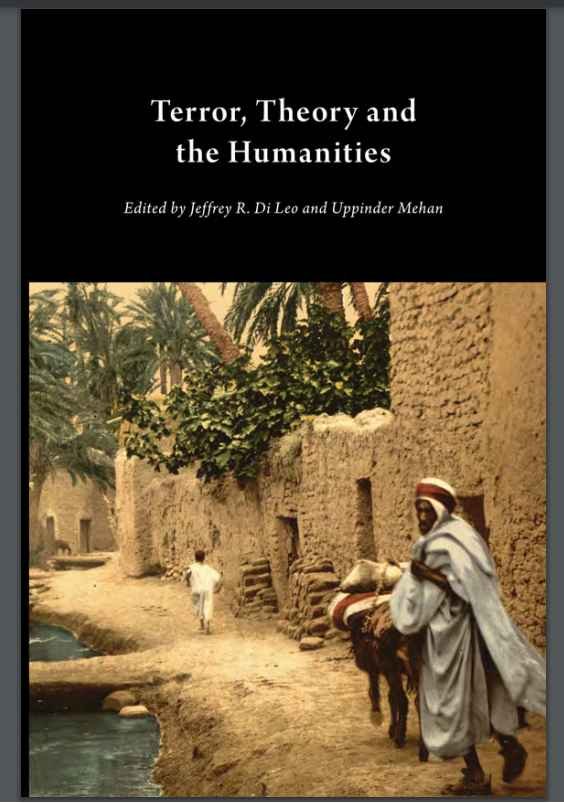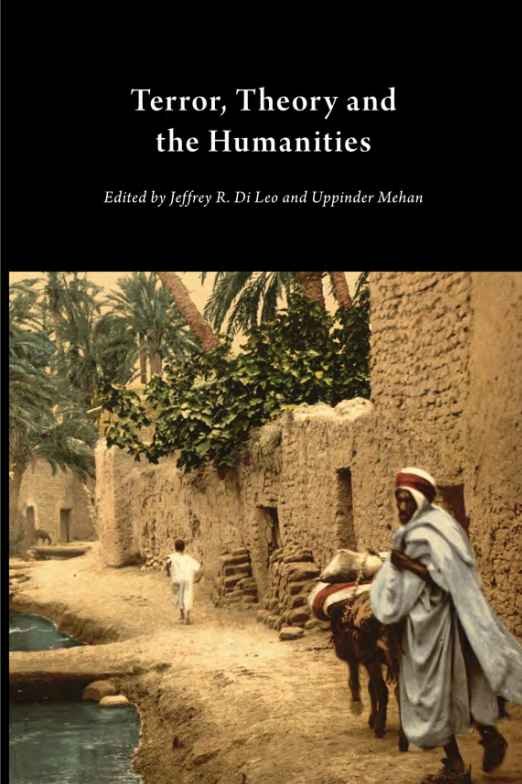By The World Rainforest Movement
Almost 30 years of UN climate negotiations have resulted in the establishment of policies and practices that facilitate the constant expansion of the fossil fuel-based economy (and its profits) while hiding its implacable negative impacts for the territories where it expands. Almost 30 years of UN climate negotiations have resulted in the establishment of policies and practices that facilitate the constant expansion of the fossil fuel-based economy (and its profits) while hiding its implacable negative impacts for the territories where it expands. Particularly, the fantasy of carbon offsetting as a solution to the climate crisis is ever more present among the methods of corporate greenwashing for expanding their businesses, despite the mounting evidence of its complete failure to reduce emissions or deforestation - as recently denounced by several organizations. However, the strategies adopted by corporations are unable to hide the oppressive and colonial essence of their advances in the Global South. Precisely for this reason, they keep encountering much resistance when they arrive in the territories of the Peoples and communities. This issue of the WRM Bulletin shares articles that can be divided in two parts. The first part exposes four initiatives that dress themselves up as ‘green’ or ‘socially beneficial’ so as to ensure that extractive and production activities carry on unhindered. After all, these are the engine of the capitalist economy, which in turn is the main cause of the problems that such ‘green’ ventures claim they help solving. The second part highlights three experiences of resistance from the territories to such corporate assault. The first article highlights the embedded contradictions of the so-called “energy transition” by exposing how “the largest green industrial area in the world”, in Kalimantan, Indonesia, will in fact lead to an increase in coal extraction in the region. At the same time, this multi-billion dollar project threatens to appropriate and destroy the livelihoods and interconnected spaces of life on land and sea from which grassroots communities depend upon. These communities are at the frontlines resisting this industrial park in order to defend life. The next two articles show the different consequences of two kinds of projects that claim to be offsetting carbon and which largely depend on community territories. One exposes the trend to expand problematic tree plantations, above all in the Global South, with the argument that the trees will “offset” the pollution emitted somewhere else. This includes the whole gamut from large-scale monoculture plantations sponsored by the pulp industry to those nicely sounding plantations promoted by investment funds by means of abusive contracts with indigenous communities. The other article reflects on the abusive contracts for establishing REDD (Reducing Emissions from Deforestation and Forest Degradation) projects in the brazilian Amazon region, specifically on how they compromise millennia-old indigenous practices and communities’ future generations. The fourth article presents an overview of the perverse logic of certification schemes that over the last 30 years have given ‘sustainability’ and ‘responsibility’ seals to companies from different industries that cause destruction, such as the pulp and paper, palm oil and carbon offsets industries, among others. Such seals often completely ignore violations caused by corporations and legitimize their presence in community territories. The following two articles also expose the greenwashing of industrial monoculture plantations through certification, yet, the focus is turned to highlight the experiences of people’s resistance and organization. In Cameroon, women organized in the Afrise association have shouted a fearless and determined “Enough!” against oil palm plantation company Socapalm/Socfin, which is responsible for decades of “suffering, abuses, violations, theft, hunger, frustration and violations” of their bodies, rights and dignity. We express our full solidarity with these women who, with each others’ support, have declared that they will not tolerate the replanting of oil palm monoculture plantations in their territories. The next article reflects in an interview with Pablo Reyes Huenchumán, member of a Mapuche community in Chile, on the impacts of the violent forestry model imposed on the country which is based on large-scale monoculture plantations. But also, on the achievements and challenges of the Indigenous Mapuche to defend their communities and lives. Pablo explained how the Mapuche have been reclaiming their territories for over 20 years, showing that self-organization and resistance are key.
WRM Bulletin 268 December 2023






















